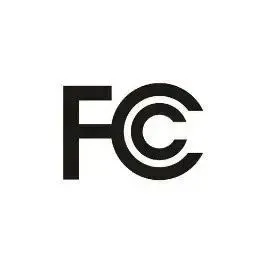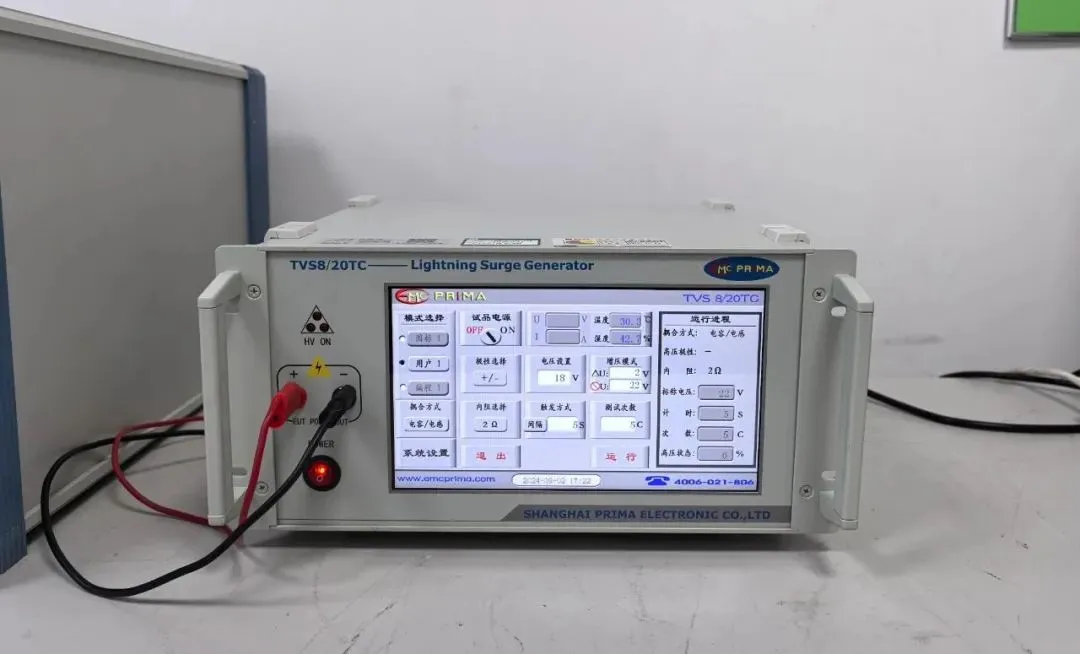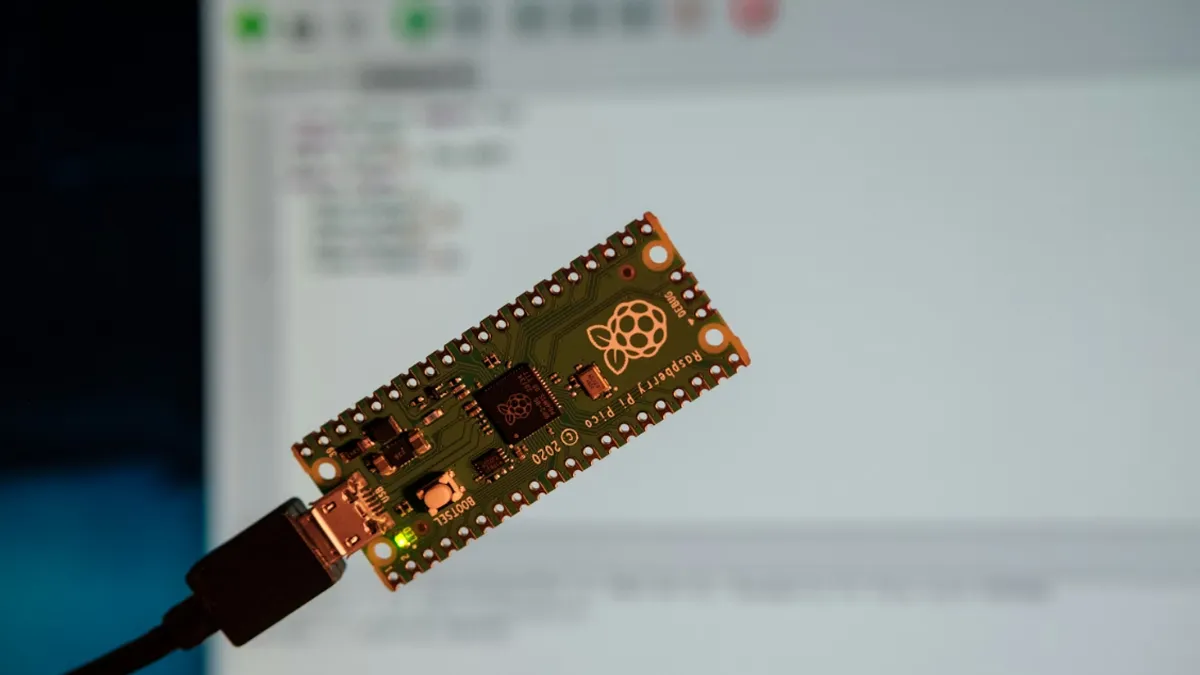
Sports Camera Export to the EU CE Certification
For manufacturers planning to sell sports cameras in EU countries, CE certification is not an option—it is a mandatory requirement.
The CE markis a compULsory certification mark for products entering the European EconoMIC Area (EEA). It is consideRED the manufacturer’s “passport” to access the European market.
Sports cameras are complex electronic products, usually involving multiple EU directives — primarily the Electromagnetic Compatibility Directive (EMC)and the low voltage directive (LVD).
If the product has wireless functionality (such as Wi-Fi or Bluetooth), it must also comply with the Radio Equipment Directive (RED).
Consequences of not obtaining CE certification are severe:
Products cannot be legally sold in the EU market; there is a high risk of customs detentionor market surveillance penalties; violations may result in heavy fines or even criminal prosecution; and the brand’s reputation may suffer irreparable damage.
Therefore, obtaining CE certification is the first step in exporting sports cameras to the EU, and the foundation for building market trust.

Four Core Steps of the ce certification process
The CE certification process can be systematically divided into four key stages.
Step 1: Preparation and Technical Analysis
This is the foundation of certification. The core task is to determine which EU directives and harmonized standardsthe product must comply with.
For example, a sports camera with Wi-Fi capability usually needs to meet the EMC, LVD, and REDdirectives.
At this stage, manufacturers should define the product’s technical specifications and select a qualified and experienced certification bodyto work with.
Step 2: Testing and Conformity Assessment
This is the core phaseof the certification process. Manufacturers must send samples to an accredited testing laboratoryfor evaluation.
Main testing items include:
- Electromagnetic Compatibility (EMC) Test:
Ensures the device operates properly in electromagnetic environments without causing unacceptable interference to other equipment.
- Electrical Safety (LVD) Test:
Evaluates the product’s electrical safety, including protection against electric shock, insulation, heat resistance, and fire prevention.
- Radio Equipment (RED) Test:
For wireless functions, assesses efficient use of the radio spectrum and prevents interference with base stations or users.
If all test results meet the relevant standards, the testing organization will issue a compliance test report.
Step 3: Compilation of Technical Documentation (TCF)
The Technical Construction File (TCF)is the core evidence for CE certification and must be prepared and kept by the manufacturer.
It must include:
- General product description (model, specifications, photos, design drawings)
- Circuit diagrams, component list, PCB layout
- User manual
- List of relevant harmonized standards
- Detailed test reports
- Product label (including ce marking diagram)
The technical documentation must be kept for at least 10 yearsfor potential inspection by EU market authorities.
Step 4: Signing the Declaration of Conformity (DoC)
The Declaration of Conformityis a legally binding document signed by the manufacturer or its authorized representative, declaring that the product meets all applicable EU directive requirements.
By signing the DoC, the manufacturer assumes full legal responsibilityfor product compliance.
After this step, the CE mark can be legally affixedto the product.
Key Considerations and Common Misunderstandings
1. Certification Body Qualification Is Critical
Always choose a Notified Bodyor laboratory accredited by the EU.
Otherwise, the certificate may not be recognized. Verifying the organization’s notification numberis essential.
2. Technical Documentation Must Be Complete and Genuine
Many companies focus on the certificate but neglect the documentation.
An incomplete or falsified technical filecan cause severe consequences during market inspections.
3. Handling Product Series
If multiple models of sports cameras are similar, they can be certified as a product series.
However, a difference reportmust be provided to prove that the core design, key components, and circuits are consistent — saving time and cost.
4. Common Misconceptions Clarified
1:“CE certification is just a formality; buying a certificate is enough.”
:CE certification is a serious legal compliance process. The manufacturer is fully responsible for compliance, and “buying a certificate” poses significant legal risk.
2:“Once certified, the product is valid forever.”
:If the product’s design, materials, or key suppliers change, re-evaluation or additional testingmay be required.
3:“With a ce certificate, the product can be sold freely everywhere.”
:CE certification is only the basic market entry requirement. Some countries or sales channels may have additional requirements(e.g., Germany’s WEEE electronic recycling registration).
Practical Advice for Manufacturers
Plan Ahead and Allow Sufficient Time
A full CE certification process typically takes 4–8 weeks, depending on product complexity and test results.
Include certification timelines in your product launch plan to avoid market delays.
Incorporate Compliance from the Design Stage
Considering compliance during product R&Dhelps prevent costly redesigns and time delays later.
Pre-testingis a good practice to identify potential issues early.
Choose a Reliable Partner
An experienced and reputable certification consultant or testing laboratory can provide accurate guidanceand technical support, ensuring a smooth certification process.
Apply the CE Mark Correctly
The CE mark must be clear, visible, and durable, usually printed on the product nameplate or packaging.
The minimum height is 5mm, and proportions must be maintained.
The EU CE certificationmay appear as a regulatory barrier, but it is, in fact, a powerful endorsement of product quality and safety.
Successfully obtaining CE certification not only grants your sports camera legal access to the EU marketbut also serves as a solemn commitment to consumers worldwide.
Email:hello@jjrlab.com
Write your message here and send it to us
 Do I Need EC Homologation in the USA?
Do I Need EC Homologation in the USA?
 FCC Part 15B & Part 97 Certified
FCC Part 15B & Part 97 Certified
 EMC Pre-Compliance Testing UK
EMC Pre-Compliance Testing UK
 EMC Compliance Testing Australia
EMC Compliance Testing Australia
 Electrical Compliance Testing NZ
Electrical Compliance Testing NZ
 Compliance Testing for Children's Clothing
Compliance Testing for Children's Clothing
 Amazon Product Compliance Testing
Amazon Product Compliance Testing
 What is RCM Compliance Testing?
What is RCM Compliance Testing?
Leave us a message
24-hour online customer service at any time to respond, so that you worry!




